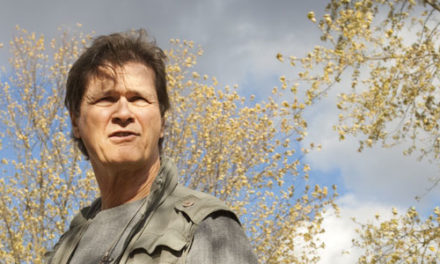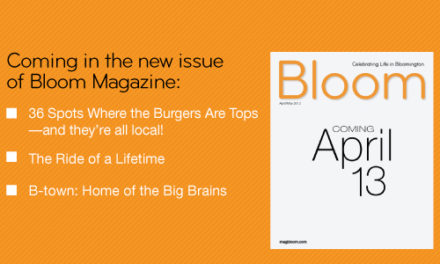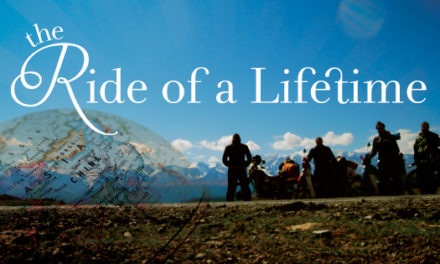
by JUDITH A. ALLEN
The impending 2020 election dramatizes the unfinished quest for “women’s rights”; and yet, this once-potent political concept now proves inadequate. With this being the centenary of (at least some) women first voting nationally in 1920, Bloom asks about possible impacts of imminent election outcomes on women’s rights and what, if anything, we will feel locally.
The 2010 U.S. Census tallied women as Bloomington’s demographic majority. At that time, more women recorded foreign birthplaces while fewer listed either indigenous or racial minority heritages—or ages under 18 and over 65—than nationwide patterns. Women’s issues in Bloomington at that time featured women of young adulthood to middle age, with education, work, love and desire, household formation, reproduction, and health looming large. With incomes lower than U.S. averages, living paycheck to paycheck framed lower-than- average rates of female home ownership, business proprietorship, and retirement provision. Too often, borderline poverty pervaded many women’s lives.
The 2020 census update lies ahead. If this is the most consequential election ever, women must ask, “Consequential how?” The COVID-19 pandemic, disproportionate in its nationwide impact upon poor, Black, and Brown women, induced the recession now labeled a “she-session.” Sleep-deprived women worry about housing, un(der)employment, home schooling, stalled career prospects, child care, elder care, birth control, medical care, welfare benefits, violence, addiction, divorce, and safety.
Some may not connect such worries about “women’s rights,” instead citing Roe v. Wade, #MeToo, or the Equal Rights Amendment. For Bloom’s curiosity about election outcomes, partisan postures could write answers blindfolded.
Take the hardy perennial, Roe. One scenario has a reelected Trump administration installing another Supreme Court judge. Goodbye Roe: though shouldn’t the judicial and legislative leverage held by the GOP since 2016 have secured its repeal by now? Alternatively, a Biden victory predicts restored women’s and reproductive health services and high-quality child care as economic priorities. Seeing such matters only as “women’s rights,” though, misses much.
The complicated place of abortion in men’s history, as a deliverance from unexpected and unwelcome fatherhood, mattered—and not only for husbands who were secretly “dating.” If it’s now a litmus test for Supreme Court judges, abortion’s politicization is recent, not eternal. Before Reagan, as Pulitzer Prize-winning reporter Linda Greenhouse and legal historian Reva B. Siegel have reported, Republicans—favoring liberty, choice, and small government—were more “Roe-ish” than they are today, while regional Democratic counterparts evinced robust opposition.
Indeed, women’s rights and Republicans have long traveled together. The new 1920 voters snubbed the Democratic ticket, but expanded turnout for the Party of Lincoln. Suffragists bitterly recalled President Woodrow Wilson ordering the violent force-feeding of imprisoned suffragist hunger strikers. He also ordered soldiers— infected by the 1918–19 influenza pandemic and who had disembarked their “coffin ships”—off to the Western Front. On women and political parties, then, as suffragist Charlotte Perkins Gilman quipped, “circumstances alter cases.” It’s better to scrutinize, rather than naturalize, the present politicization of abortion during an era of fewer per capita than throughout the entire 20th century.
“Women’s rights” only partly frame 21st century electoral outcomes affecting sex and gender, since predicated upon equality. Men star as the human standard of comparison, secured for women, by extending rights. If fine for ending wage disparities, or exclusion from male-dominated activities, equal rights cannot target foundations of women’s distinct dilemmas.
More urgent than “rights” might be exposing sexed and gendered “wrongs,” inflected decisively by race, ethnicity, indigeneity, and sexual identities. Male supremacism and sexism underwrite intangible factors obstructing women’s full cultural participation. Misogynist attitudes and representations rampage across cultures, beyond reach of sex-equality legislation.
In 1920, only 36% of women voted, but 68% of men. Smugly antisuffragist, The New York Times called this ladylike decorum. A century on, when CNN interviewed a retiree about political party conventions, he declared, “I am not yet ready for a woman on a presidential ticket.” Here, the “women’s rights” equality rubric hardly illuminates such resistance to Kamala Harris as Biden’s vice presidential nominee. In 2020 Bloomington, and beyond, we stand to benefit from more ample and sharper tools.
Judith A. Allen, a historian of English-speaking cultures across the 19th and 20th centuries, is associate editor of the Journal of American History and the author of Sex and Secrets: Crimes Involving Australian Women Since 1880 (Oxford University Press). At Indiana University, she is the Walter Professor of History, a senior research fellow with the Kinsey Institute, an associate professor of gender studies, and an adjunct professor of American studies.










